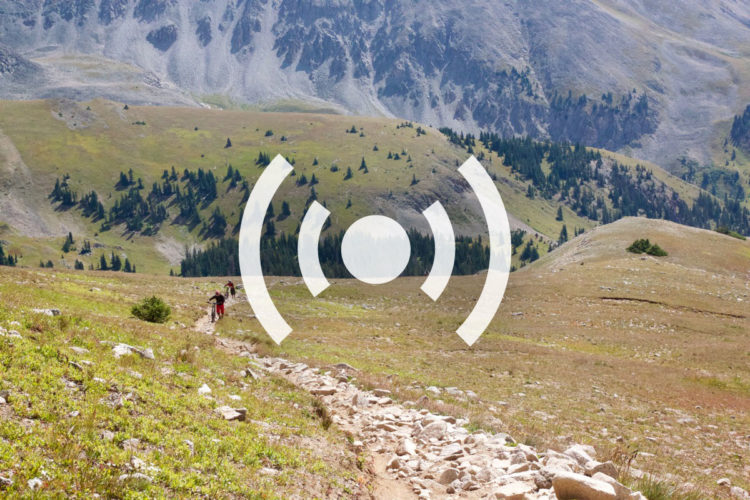
I recently rode a mountain bike trail that got me thinking: How dense is too dense when it comes to mountain bike trails? Every mountain bike trail planner will inevitably run into this question wherever space is limited – which is pretty much everywhere.
First and foremost, a mountain bike trail should be fun to ride and longer trails are generally preferable to shorter ones. But cramming 10 miles of singletrack into 10 acres will result in sharp turns, boring routes, and zero flow. Instead it’s important to balance length and rideability, though I don’t know if there’s a magic ratio of miles of singletrack to acres of land. I’ve ridden a trail that packs more than 7 miles into under 30 acres and it flows pretty nicely, though the sharp, twisty singletrack isn’t for everyone. (Yep, that’s 170 miles of trail per square mile in case you’re wondering.)
Densely packed trail systems can also feel like riding a gerbil wheel at times. In poorly laid out systems it can seem as if you’re riding back and forth without ever really getting anywhere. With a little extra effort planners can draw up nested loops to give a trail a little more interest and mystery (like the trail pictured below). Vegetation can help with the illusion as does limiting the number of intersections where the rider needs to make a decision. Dense trails can feel crowded since it’s easy to see other riders on parallel paths so it’s important to control traffic flow to avoid collisions.

The other consideration for trail density revolves around environmental impacts. Dense trails generally necessitate removing more vegetation per acre and exposing more soil to potential erosion. In extreme cases it can also mean intruding into and taking over wildlife habitats which isn’t a good idea.
Trail density may also be impacted by natural features and topography. For example, planners may try to take advantage of a solitary hill by running the trail up and down several times to maximize elevation gain/loss. In other cases, a trail may bunch up in forested areas before running straight across open fields.
As suitable land for bike trails becomes more and more scarce, trail designers will be forced to consider trail density more carefully. The good news is that constraints often yield the most interesting solutions – who’s up for a double- (or triple-) decker trail system!





















7 Comments
Mar 12, 2010
Mar 10, 2010
Some how I don't feel it's a real trail when you can high five on comming "traffic" from the opposite way.
Mar 11, 2010
Mar 2, 2017
I'd be interested in any relative measures others may see elsewhere. We use this measure throughout the planning process to make sure everyone is on the same page regarding the type of facility we are building.
Mar 11, 2010
Mar 10, 2010
Nov 24, 2013